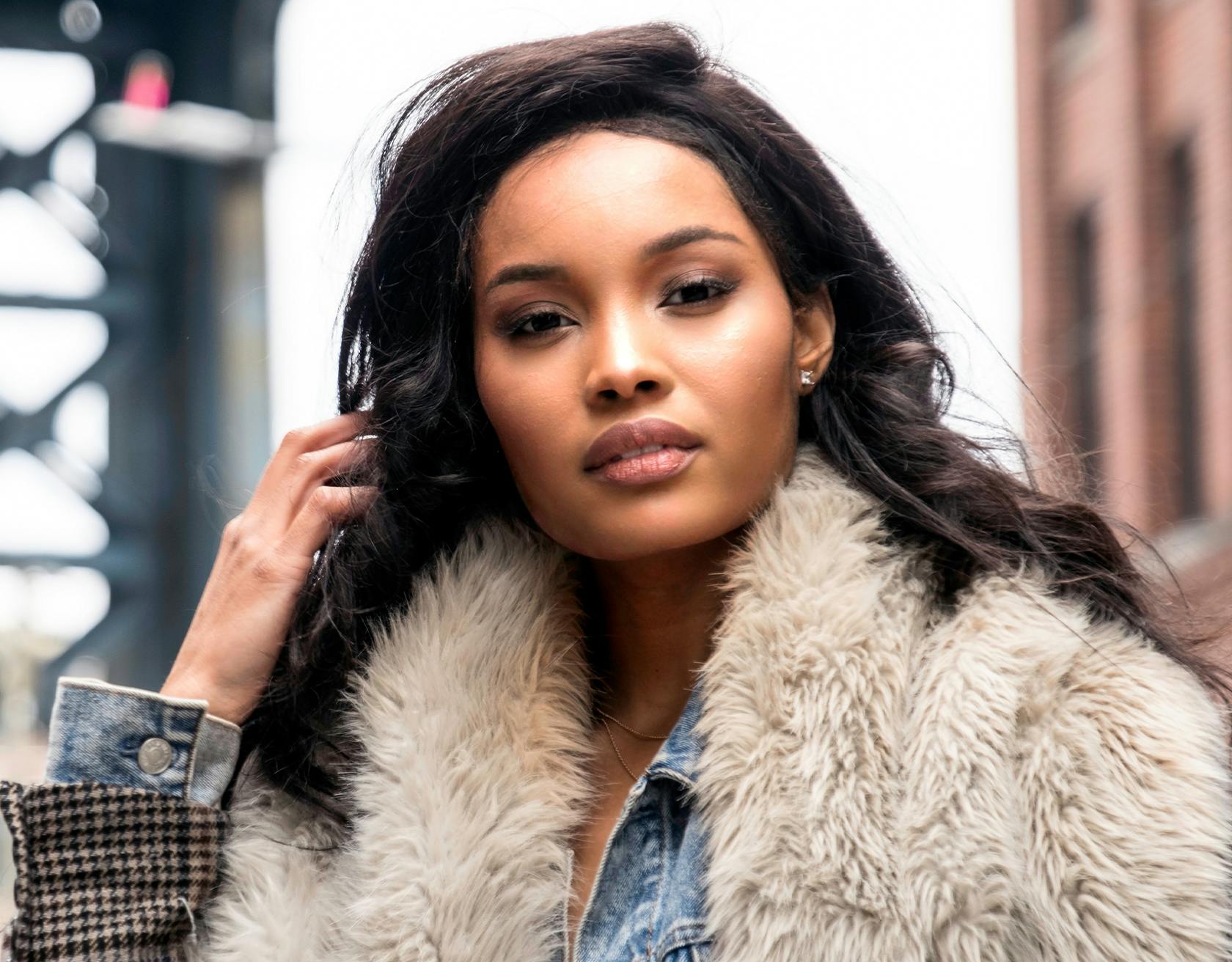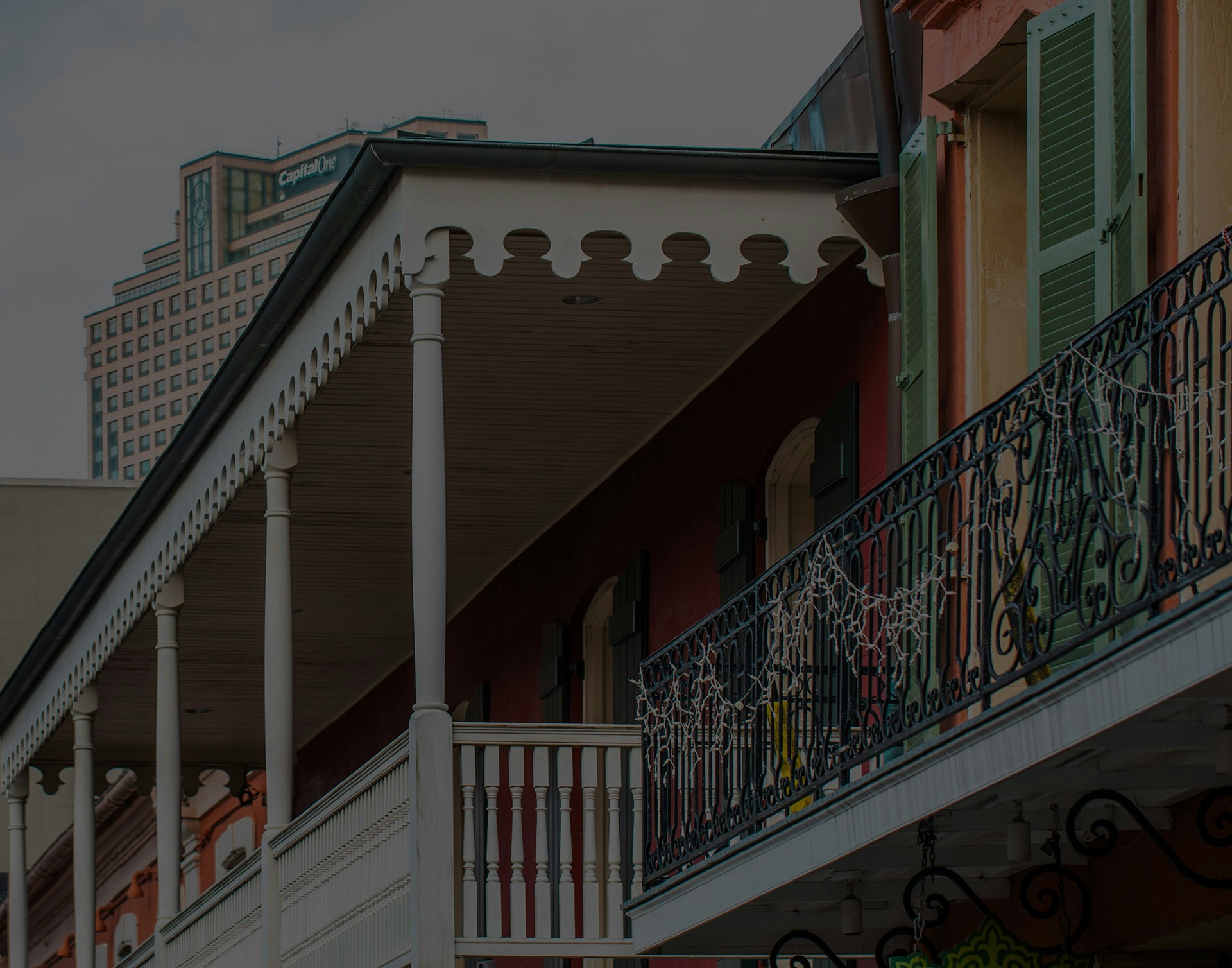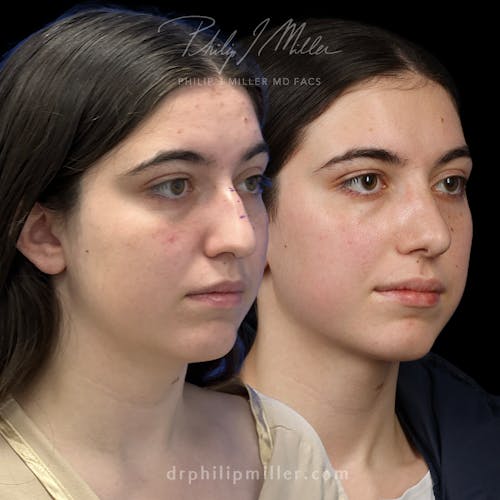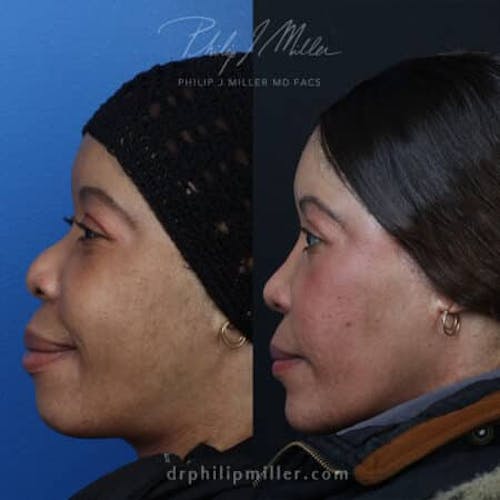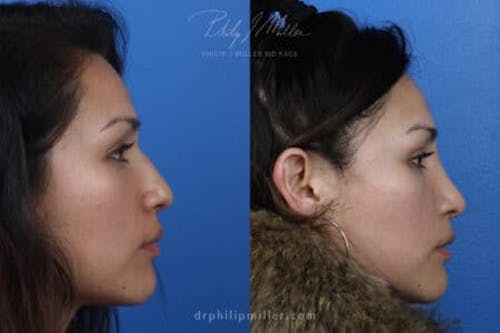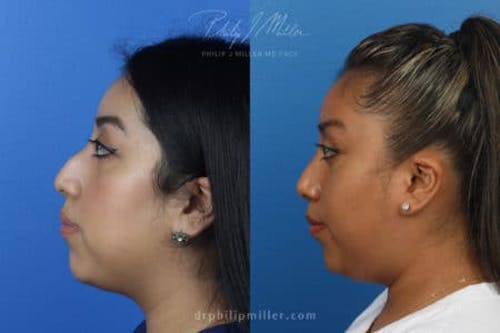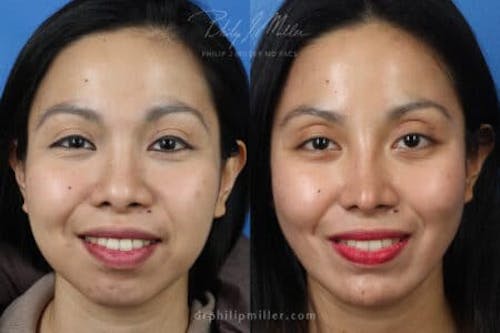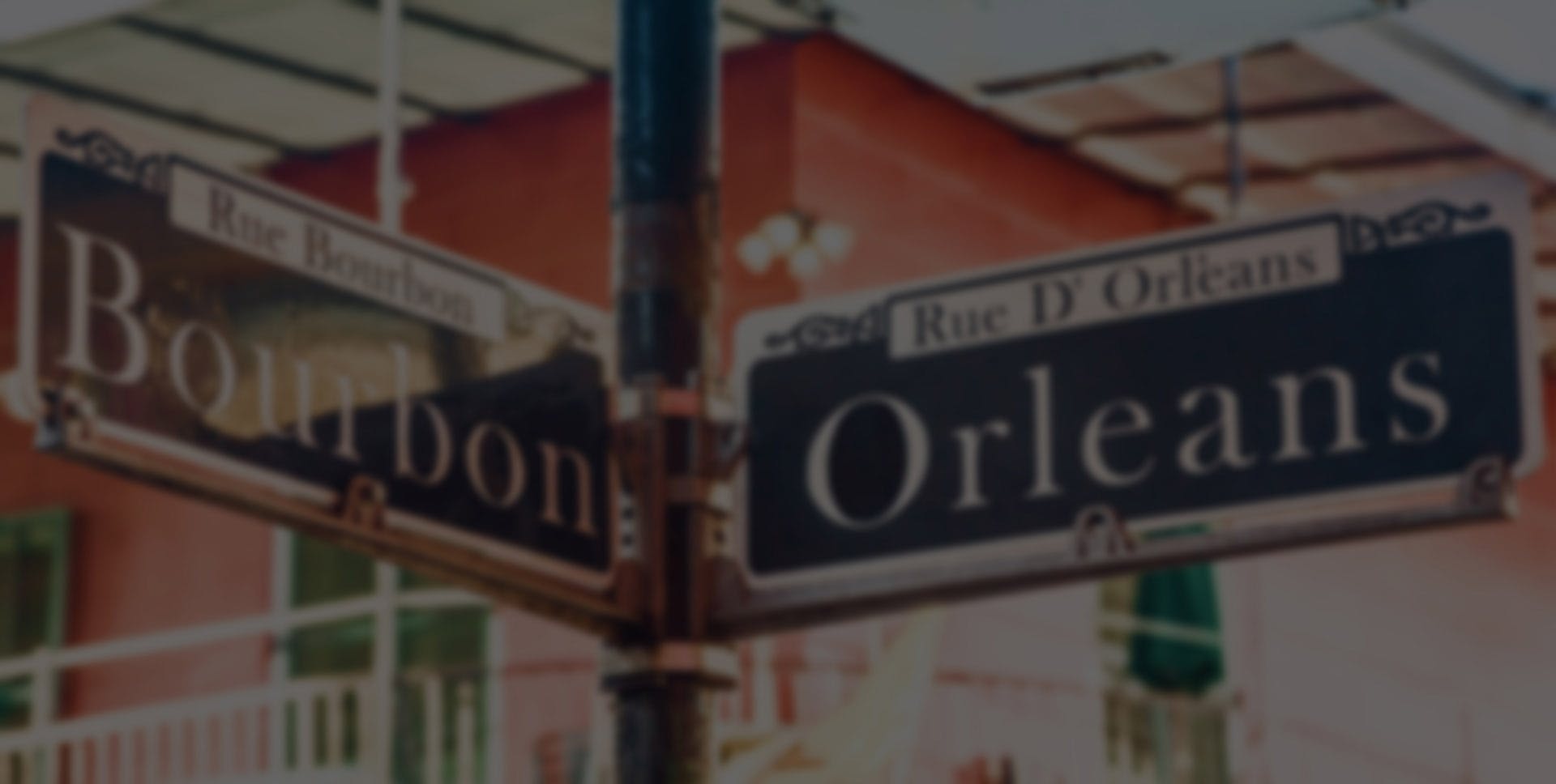There is a rich diversity in facial and nose shapes across ethnicities. Dr. Miller makes subtle tweaks that create a more harmonious look but do not detract from the patient’s cultural identity.
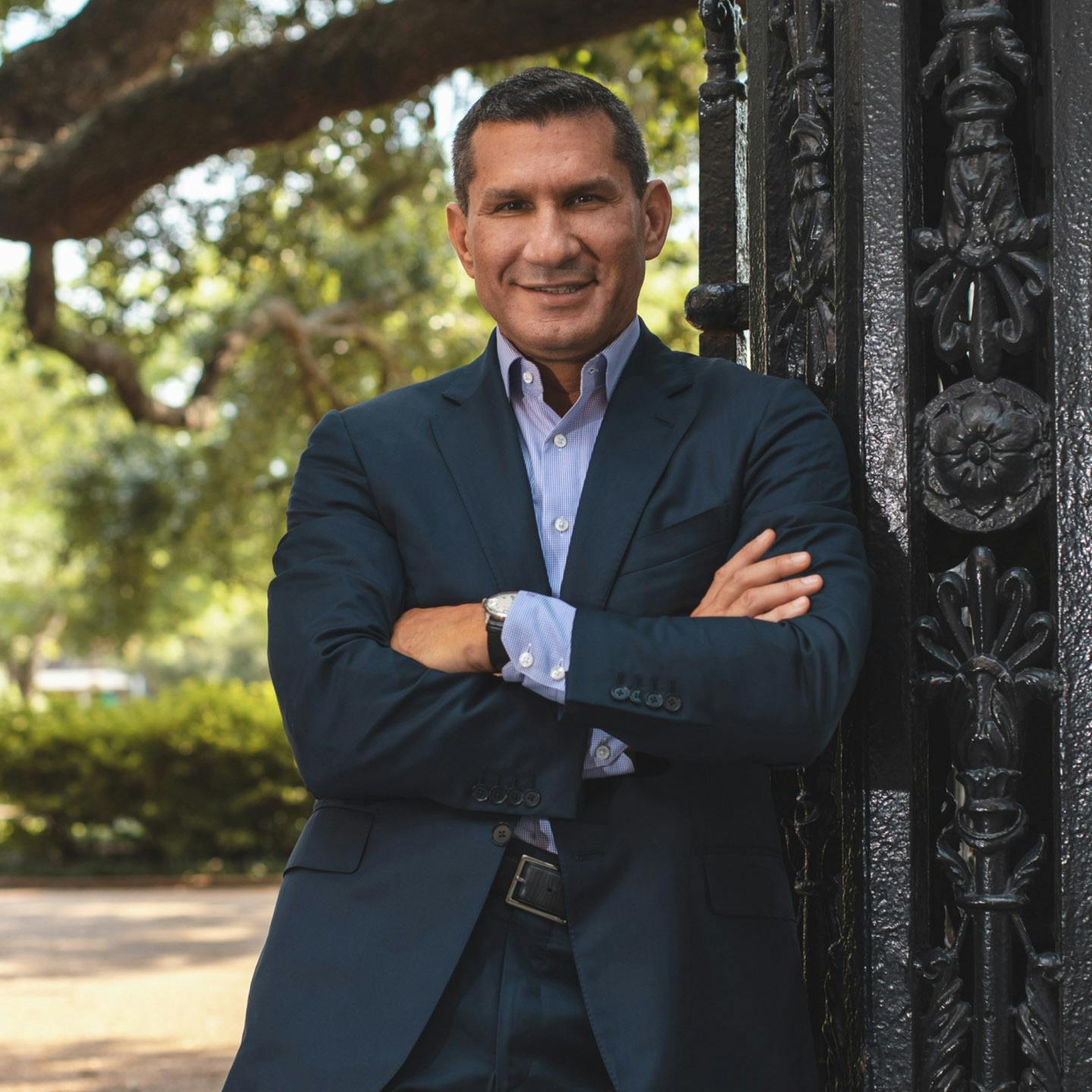
Miller prioritizes care and respect
Dr. Miller has been one of the premier rhinoplasty surgeons in New York City for almost three decades. He is sophisticated and well-versed in the sensitivities and distinct needs associated with rhinoplasties for BIPOC patients. Dr. Miller has many successful testimonials from patients of myriad ethnic and cultural backgrounds. Contact his office today to schedule your consultation!

